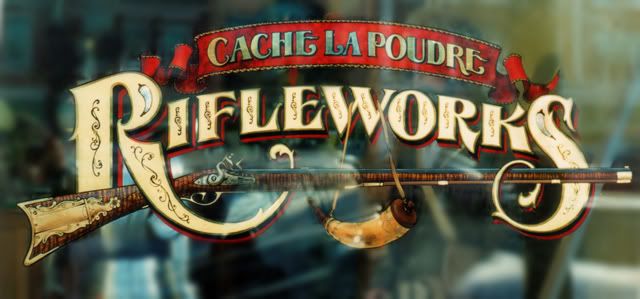I could've used some of this advice a few months back.
About 10 years ago I did a window for a business here in Fort Collins, "Cache La Poudre Rifleworks".

The owner died a couple of years back and his brother finally decided to close the store. I thought I might salvage glass, cut out the portion of the glass that had the incription on it, frame it and hang it in my shop.
Though the windows were quite large, there was no tempered stamp at the bottom. A glass shop looked at it and determined that it must be annealed plate glass so I paid them to remove it and replace it.
It was an insulated unit so when they tried a test cut on the clear glass pane, they couldn't get the break to follow where they had scored the glass. "Must be heat-strengthened glass" they told me - which is sort of a step between regular plate glass & tempered glass.
I took a scrap to a couple of water-jet places & one of them were able to cut out a nice little square. When we took the large window there, using all kinds of precautions I was hopeful. As soon as the water jet stream hit the glass I heard a loud "pop". Unlike tempered glass, which would have resulted in thousands of nice little nuggets, this ended up in about 20 pieces. I kept it for a while but then finally hauled it to the landfill a couple of months ago.
Wickipedia (that inerrant authority on all things) has this to say:
"Heat-strengthened glass is glass that has been heat treated to induce surface compression, but not to the extent of causing it to "dice" on breaking in the manner of tempered glass. On breaking, heat-strengthened glass breaks into sharp pieces that are typically somewhat smaller than those found on breaking annealed glass, and is intermediate in strength between annealed and toughened glasses."
I still don't know if there is a way to tell that glass is "heat strengthened" but it would have saved me about $1000 if I had known.
Live and Learn!

 Denver Chapter of the Letterheads
Denver Chapter of the Letterheads